Adaptable, neurodiverse work settings define this boundary-pushing workplace designed by Geyer for fintech unicorn, Tyro, and its next-gen talent.

April 24th, 2023
This article originally appeared in Indesign Magazine #88, The Education Outlook Issue, available here.
A fintech unicorn and Australian home-grown talent no less, Tyro has quickly become a household name for any business in need of mobile banking. Its workforce comprises tech-savvy Millennials and digital nomads, averaging in age between 25 to 35, whose work-life values are beyond the comfort zone of common working models. The way they want to work, and the role that ‘choice’ plays in their working experience, radicalises the norms of any traditional working culture.
But in the fast-moving world of fintech, to operate beyond the bounds of convention is almost a basic requirement. And why not? Thinking beyond the limits of what’s possible is how unicorns are made, after all.

Tyro, outgrowing its previous 4500-square-metre premises, engaged Geyer to completely rethink the workplace equation for its new six-floor office on Market Street in Sydney’s CBD. The initial briefing session clearly set out the challenge for Geyer. “A key word that Tyro mentioned was connectivity. People were working away from each other. They were all connected via media but not connected physically,” says Geyer’s managing director, Marcel Zalloua. “Tyro wanted a space that would reconnect its people, that would encourage innovation, and embrace diversity and inclusion.”
The next key aspect was innovation. Staff were very productive, but were they innovating, improving and learning? And what would draw them back into the office after two years of being cosseted at home? Geyer instantly saw the need to recreate the spaces that people had made for themselves in their home environments. “They might be comfortable and very effective, but how would we pick them up, move them back into the office and make them very comfortable in that situation?” poses Zalloua. This also called up the need for a neurodiverse solution that would answer the hyper- and hypo-sensitive working needs of a vast majority of people.
Related: What’s workplace design got to do with office dynamics?
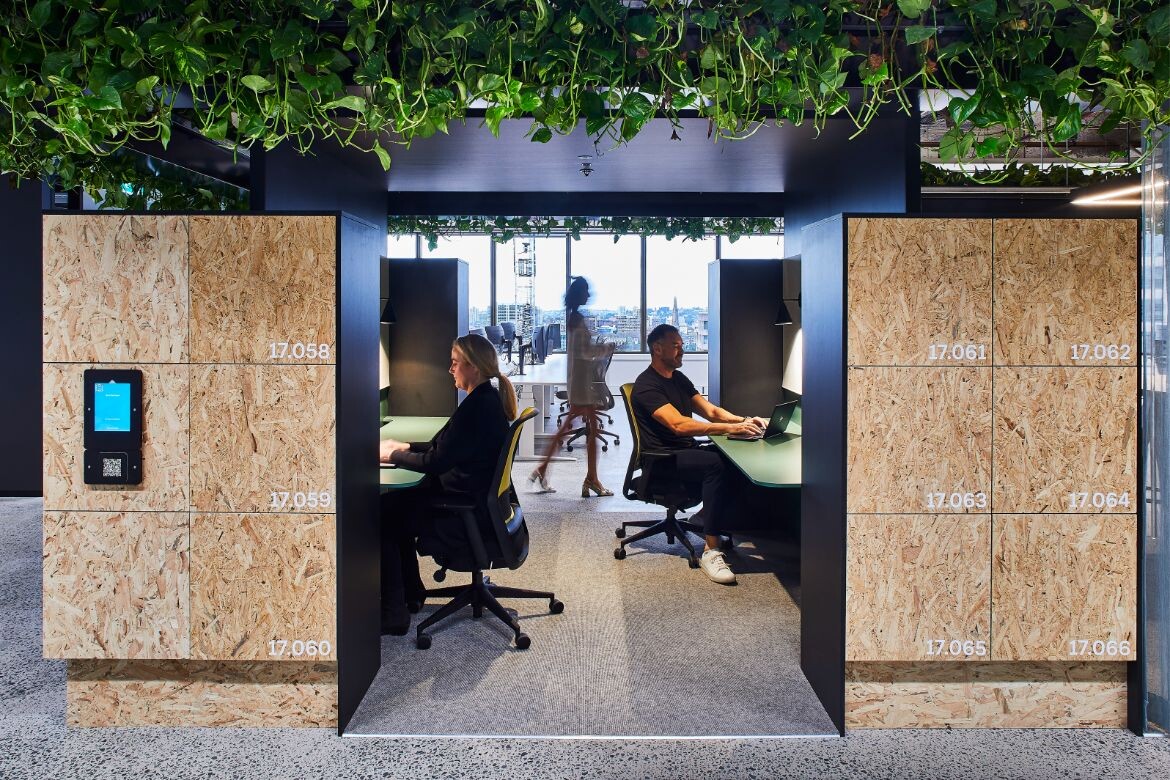
The idea of neurodiversity and that emphasis on ‘choice’ came into play in the planning of adaptable and adaptive work settings. As Geyer’s global design director, Adam Mundy, explains: “We designed different settings based on the five modalities of work: concentrate, collaborate, learn and educate, socialise, and meet. It was really about creating a workplace that was inclusive and diverse enough that everybody could feel comfortable all the time.”
Here, a semi-enclosed collaboration zone features acoustic sheers and a lowered ceiling for a heightened sense of intimacy. Another collaboration pod with rocking chairs supports those who work on the move – so you can “fidget with permission,” says Mundy.

These sit in contrast to the concentration zones where one open concentration pod with controllable dimmable lighting offers connection to the larger office and team; another one-person concentration pod is completely acoustically enclosed. And then another, which supports the individual who prefers to “ sit at the LEGO table and play LEGO with my colleagues and do work sporadically because that’s when I’m at my best, when I’m sharing ideas with my colleagues. ” The options, sensitive to any number of neurodivergent needs, are many.
Geyer also designed project pods that triple as a workspace, training space and collaboration zone. “Teams may sit in there and solve a client’s problem, before dispersing to innovate in their own teams. It’s really about creating a spontaneous space that enforces that idea of collaboration,” says Mundy. And at the heart of it all sits the grand architectural gesture, proposed by Mundy at the outset and without a doubt the ‘clincher’ for the client.

This saw a nine-by-nine metre void cut out from the centre of the site, to rise up through four floors. Featuring a central stair and large screen for two-way digital content, its purpose is to heighten connectivity and immersive experience with people spilling up and downstairs, and ‘bumping’ into one another as they make their way to various working zones, social hubs and the reception area.
While this element took up a large portion of the design budget, Mundy and his team were busy reviewing Tyro’s existing furnishings and looking for opportunities to reuse and refurbish. As it turned out, there was much to save and savings to be made. From ceiling panels to lounges, workstations, chairs, storage units and pods, much of Tyro’s original furniture was brought into the new fit-out, with only a few new, key pieces – Walter Knoll boardroom seating and Wilkhahn tables, for example – chosen to enhance the whole experience.

All in all, it was a team effort to realise what was an ambitious design proposition. Faced with constraints of budget, project scheduling, and most particularly delivery during the COVID-19 lockdowns and restrictions of 2021, it would have been infinitely easier to pitch and deliver something standard. But, as Zalloua says, “we are driven by being able to deliver the undeliverable and create what can’t be created.” A commitment well matched to the expectations of a fintech unicorn and the next-gen talent entering its workforce.
There is more information on Indesign #88 here and you can purchase a copy here.
Geyer Design
geyer.design
Photography
Tyrone Branigan
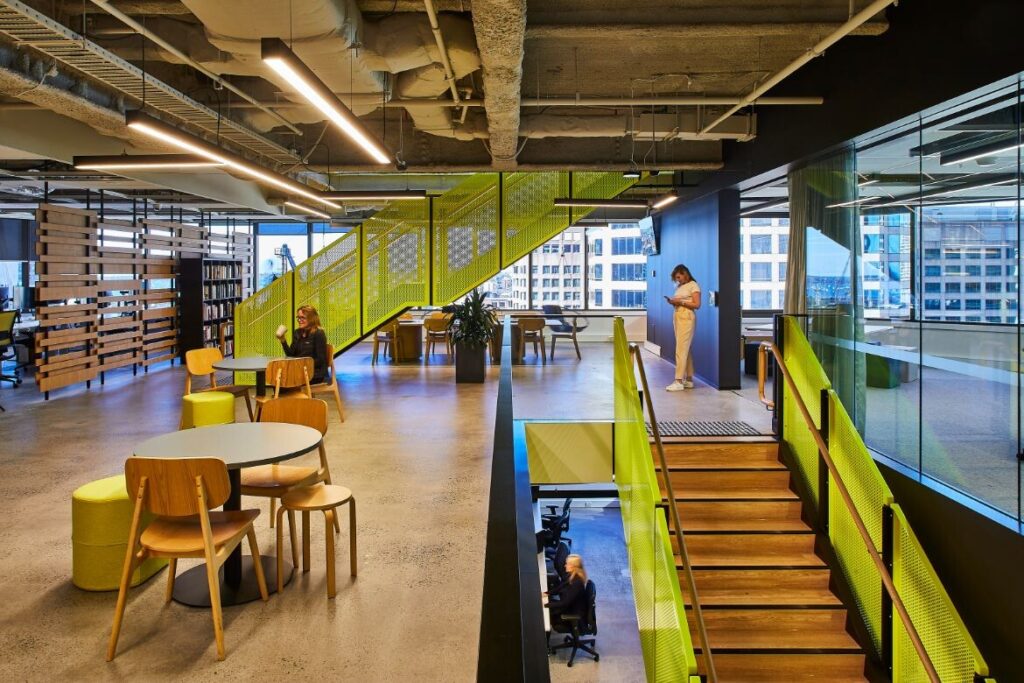
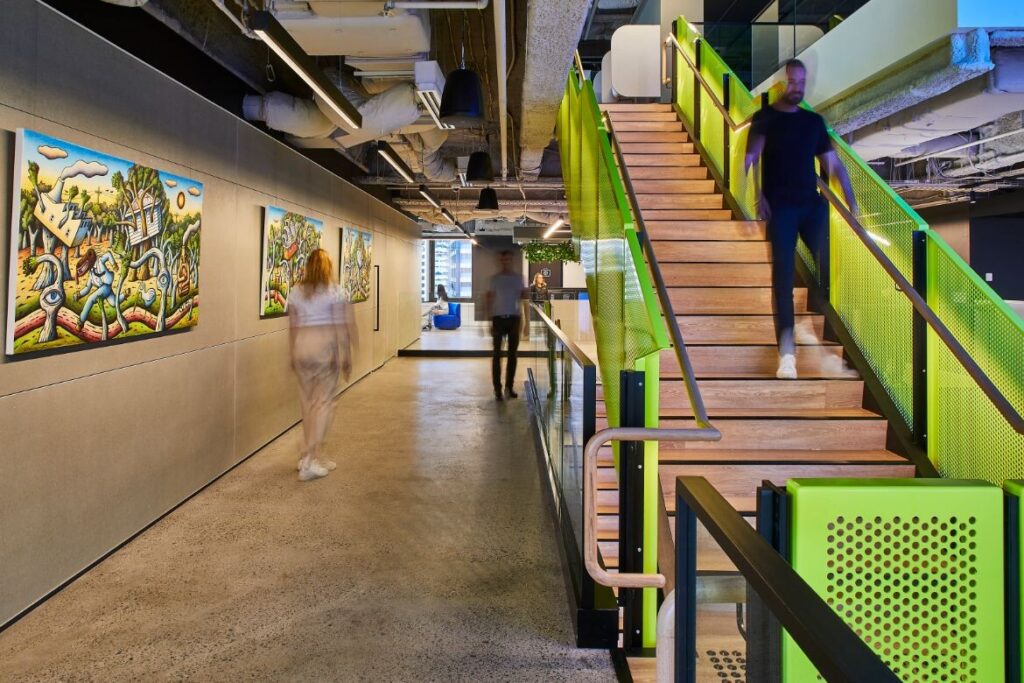

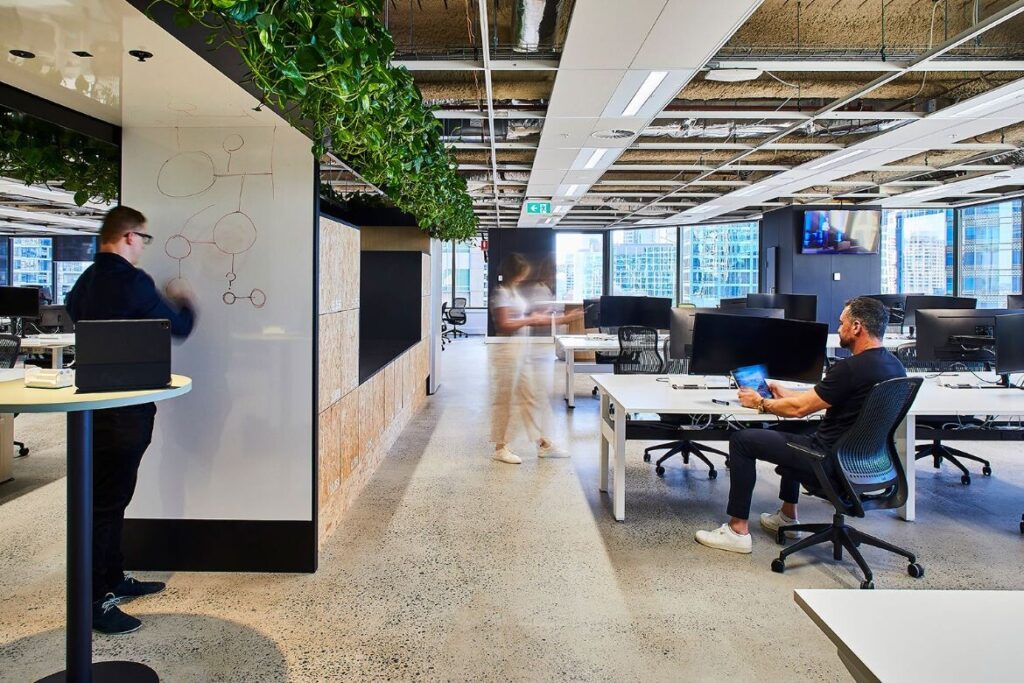
We think you might also like this story on neurodiverse spaces with Adam Mundy.
INDESIGN is on instagram
Follow @indesignlive
A searchable and comprehensive guide for specifying leading products and their suppliers
Keep up to date with the latest and greatest from our industry BFF's!

From the spark of an idea on the page to the launch of new pieces in a showroom is a journey every aspiring industrial and furnishing designer imagines making.

Sydney’s newest design concept store, HOW WE LIVE, explores the overlap between home and workplace – with a Surry Hills pop-up from Friday 28th November.
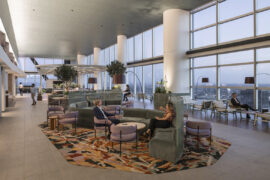
Designed by Woods Bagot, the new fit-out of a major resources company transforms 40,000-square-metres across 19 levels into interconnected villages that celebrate Western Australia’s diverse terrain.

In an industry where design intent is often diluted by value management and procurement pressures, Klaro Industrial Design positions manufacturing as a creative ally – allowing commercial interior designers to deliver unique pieces aligned to the project’s original vision.
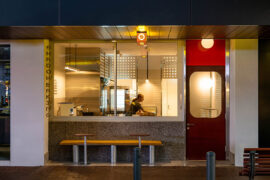
Working within a narrow, linear tenancy, Sans Arc has reconfigured the traditional circulation pathway, giving customers a front row seat to the theatre of Shadow Baking.

At the Munarra Centre for Regional Excellence on Yorta Yorta Country in Victoria, ARM Architecture and Milliken use PrintWorks™ technology to translate First Nations narratives into a layered, community-led floorscape.
The internet never sleeps! Here's the stuff you might have missed
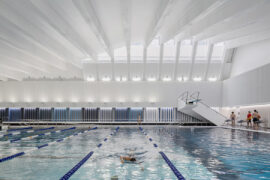
Hiwa, the University of Auckland’s six-storey recreation centre by Warren and Mahoney with MJMA Toronto and Haumi, has taken out Sport Architecture at the 2025 World Architecture Festival. A vertical village for wellbeing and connection, the project continues its run of global accolades as a new benchmark for campus life and student experience.

Boronia Apartments in Waterloo, designed by TURNER for City West Housing, delivers 74 affordable rental homes that combine sustainable design with long-term community-focused living.